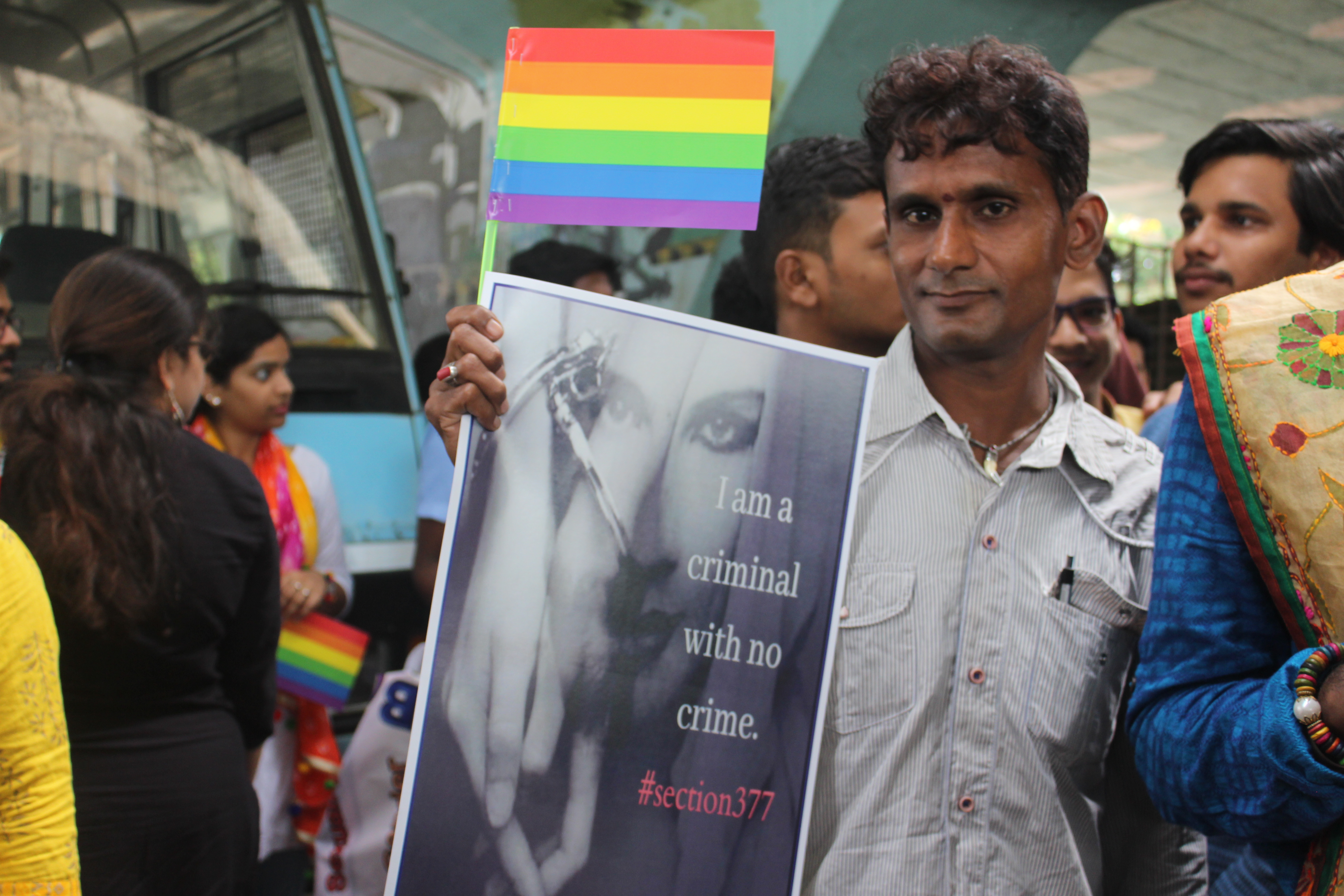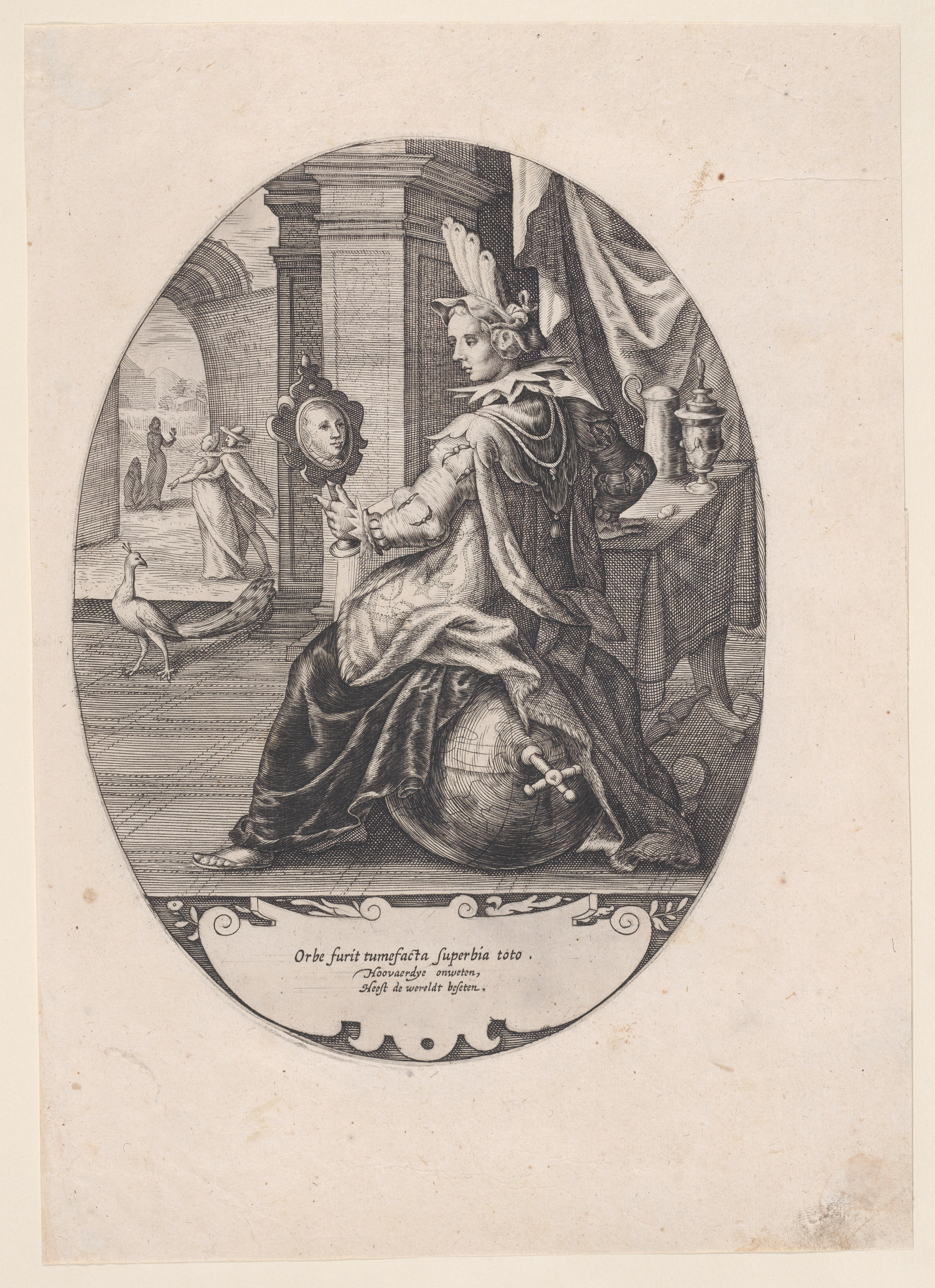|
Bhubaneshwar Pride Parade
Bhubaneswar, the capital city of Odisha, India, held its first Pride Parade on 27 June 2009. Since then Pride has happened in 2010 and then again in 2018. Hundreds of people from Bhubaneshwar, Cuttack and other parts of Odisha take to the streets to celebrate the city's LGBTQ+ Pride Parades. History 2009 Bhubaneswar's first queer Pride parade was held on 27 June 2009. It was jointly organised by Sakha, Institute for Development Programmes and Research (IDPR), and SAATHII. The evenincludedkeynote addresses by community members, government officials and NGO representatives, a documentary screening, street theatre performances, a public meeting at walk end-point; and concluded with a candle light vigil. 2010 On 3 July 2010, Bhubaneswar had itsecond Rainbow Pride walk that included a solidarity event and candlelight vigil. It was organised by Sampark, a coalition of community based organisations working on LGBTI and HIV issues. The event was covered by travel bloggers. 2018 ... [...More Info...] [...Related Items...] OR: [Wikipedia] [Google] [Baidu] |
Bhubaneswar
Bhubaneswar (; ) is the capital and largest city of the Indian state of Odisha. The region, especially the old town, was historically often depicted as ''Ekamra Kshetra'' (area (''kshetra'') adorned with mango trees (''ekamra'')). Bhubaneswar is dubbed the "Temple City", a nickname earned because of the 700 temples which once stood there. In contemporary times, it has emerged as an education hub and an attractive business destination. Although the modern city of Bhubaneswar was formally established in 1948, the history of the areas in and around the present-day city can be traced to the 7th century BCE and earlier. It is a confluence of Hindu, Buddhist and Jain heritage and includes several Kalingan temples, many of them from 6th–13th century CE. With Puri and Konark it forms the 'Swarna Tribhuja' ("Golden Triangle"), one of Eastern India's most visited destinations. Ramesh Prasad Mohapatra, ''Archaeology in Orissa'', Vol I, Page 47, B. R. Publishing Corporation, Delhi, 1986, ... [...More Info...] [...Related Items...] OR: [Wikipedia] [Google] [Baidu] |
Odisha
Odisha (English: , ), formerly Orissa ( the official name until 2011), is an Indian state located in Eastern India. It is the 8th largest state by area, and the 11th largest by population. The state has the third largest population of Scheduled Tribes in India. It neighbours the states of Jharkhand and West Bengal to the north, Chhattisgarh to the west, and Andhra Pradesh to the south. Odisha has a coastline of along the Bay of Bengal in Indian Ocean. The region is also known as Utkala and is also mentioned in India's national anthem, " Jana Gana Mana". The language of Odisha is Odia, which is one of the Classical Languages of India. The ancient kingdom of Kalinga, which was invaded by the Mauryan Emperor Ashoka (which was again won back from them by King Kharavela) in 261 BCE resulting in the Kalinga War, coincides with the borders of modern-day Odisha. The modern boundaries of Odisha were demarcated by the British Indian government when Orissa Province wa ... [...More Info...] [...Related Items...] OR: [Wikipedia] [Google] [Baidu] |
LGBT
' is an initialism that stands for lesbian, gay, bisexual, and transgender. In use since the 1990s, the initialism, as well as some of its common variants, functions as an umbrella term for sexuality and gender identity. The LGBT term is an adaptation of the initialism ', which began to replace the term ''gay'' (or ''gay and lesbian'') in reference to the broader LGBT community beginning in the mid-to-late 1980s. When not inclusive of transgender people, the shorter term LGB is still used instead of LGBT. It may refer to anyone who is non-heterosexual or non-cisgender, instead of exclusively to people who are lesbian, gay, bisexual, or transgender. To recognize this inclusion, a popular variant, ', adds the letter ''Q'' for those who identify as queer or are questioning their sexual or gender identity. The initialisms ''LGBT'' or ''GLBT'' are not agreed to by everyone that they are supposed to include. History of the term The first widely used term, '' homosexual'', ... [...More Info...] [...Related Items...] OR: [Wikipedia] [Google] [Baidu] |
HIV/AIDS
Human immunodeficiency virus infection and acquired immunodeficiency syndrome (HIV/AIDS) is a spectrum of conditions caused by infection with the human immunodeficiency virus (HIV), a retrovirus. Following initial infection an individual may not notice any symptoms, or may experience a brief period of influenza-like illness. Typically, this is followed by a prolonged incubation period with no symptoms. If the infection progresses, it interferes more with the immune system, increasing the risk of developing common infections such as tuberculosis, as well as other opportunistic infections, and tumors which are rare in people who have normal immune function. These late symptoms of infection are referred to as acquired immunodeficiency syndrome (AIDS). This stage is often also associated with unintended weight loss. HIV is spread primarily by unprotected sex (including anal and vaginal sex), contaminated blood transfusions, hypodermic needles, and from mother to ch ... [...More Info...] [...Related Items...] OR: [Wikipedia] [Google] [Baidu] |
Section 377 Of The Indian Penal Code
Section 377 of the British colonial penal code criminalized all sexual acts "against the order of nature". The law was used to prosecute people engaging in oral and anal sex along with homosexual activity. The penal code remains in many former colonies, such as India (but has been repealed in Singapore) and has been used to criminalize third gender people, such as the '' apwint'' in Myanmar. In 2018, British Prime Minister Theresa May acknowledged how the legacies of British colonial anti-sodomy laws continue to persist today in the form of discrimination, violence, and death. History Although the act of sodomy was sometimes prosecuted in England under British common law, it was first codified in the British empire as Section 377 in the Indian Penal Code as "carnal intercourse against the order of nature" in 1860. Section 377 was then exported to other colonies and even to England itself, providing the legal model for the act of ' buggery' in the Offenses Against the Person Act ( ... [...More Info...] [...Related Items...] OR: [Wikipedia] [Google] [Baidu] |
Supreme Court Of India
The Supreme Court of India ( IAST: ) is the supreme judicial authority of India and is the highest court of the Republic of India under the constitution. It is the most senior constitutional court, has the final decision in all legal matters except for personal laws and interstate river disputes, and also has the power of judicial review. The Chief Justice of India is the Head and Chief Judge of the Supreme Court, which consists of a maximum of 34 judges, and has extensive powers in the form of original, appellate and advisory jurisdictions. New judges here are uniquely nominated by existing judges and other branches of government have neglible say as the court follows collegium system for appointments. As the apex and most powerful constitutional court in India, it takes up appeals primarily against verdicts of the High Courts of various states of the Union and other courts and tribunals. It is required to safeguard the fundamental rights of citizens and settles dispute ... [...More Info...] [...Related Items...] OR: [Wikipedia] [Google] [Baidu] |
Pride Parades In India
Pride is defined by Merriam-Webster as "reasonable self-esteem" or "confidence and satisfaction in oneself". A healthy amount of pride is good, however, pride sometimes is used interchangeably with "conceit" or "arrogance" (among other words) which are negative. Oxford defines it as "the quality of having an excessively high opinion of oneself or one's own importance." This may be related to one's own abilities or achievements, positive characteristics of friends or family, or one's country. Richard Taylor defined pride as "the justified love of oneself", as opposed to false pride or narcissism. Similarly, St. Augustine defined it as "the love of one's own excellence", and Meher Baba called it "the specific feeling through which egoism manifests." Philosophers and social psychologists have noted that pride is a complex secondary emotion which requires the development of a sense of self and the mastery of relevant conceptual distinctions (e.g. that pride is distinct from happin ... [...More Info...] [...Related Items...] OR: [Wikipedia] [Google] [Baidu] |
2009 Establishments In Orissa
9 (nine) is the natural number following and preceding . Evolution of the Arabic digit In the Brahmi numerals, beginning, various Indians wrote a digit 9 similar in shape to the modern closing question mark without the bottom dot. The Kshatrapa, Andhra and Gupta started curving the bottom vertical line coming up with a -look-alike. The Nagari continued the bottom stroke to make a circle and enclose the 3-look-alike, in much the same way that the sign @ encircles a lowercase ''a''. As time went on, the enclosing circle became bigger and its line continued beyond the circle downwards, as the 3-look-alike became smaller. Soon, all that was left of the 3-look-alike was a squiggle. The Arabs simply connected that squiggle to the downward stroke at the middle and subsequent European change was purely cosmetic. While the shape of the glyph for the digit 9 has an Ascender (typography), ascender in most modern typefaces, in typefaces with text figures the character usually has a desc ... [...More Info...] [...Related Items...] OR: [Wikipedia] [Google] [Baidu] |




